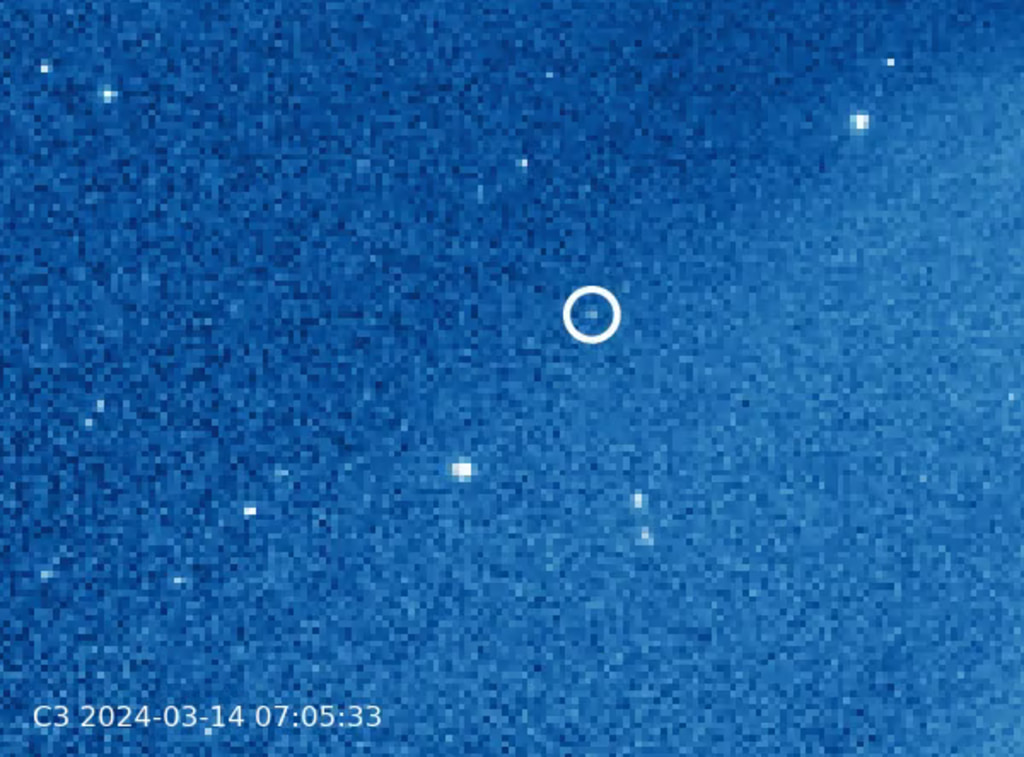Counting Comets
As comets orbit the sun, many come too close and evaporate completely. Others survive the journey, but their orbits gradually move closer to the sun. Ultimately, the heat of the solar atmosphere melts the ice that binds a comet together and breaks it apart into smaller bodies that follow similar orbits. These are the sungrazers, and scientists and amateur astronomers are seeing more of them than ever. As of 1979, we only knew of a dozen. Nearing the end of 2012, thanks to better observation tools, we have now seen 3,000. The bulk of the sungrazers are known as Kreutz comets, and are likely derived from a single original comet observed as early as 371 AD. Watch the videos to learn more about and see NASA satellite footage of sungrazing comets.

Comets that graze the sun can either evaporate or defy death and multiply.
Learn how the particulars of comet orbits around the sun lead to the process of comet multiplication.
On Dec. 15, 2011, NASA's STEREO and ESA/NASA's SOHO missions caught footage of Comet Lovejoy surviving its sungrazing trip.

With better observing tools and more amateur astronomers joining the search, the number of sungrazers counted keeps going up.

A close-up of this STEREO image shows Comet Lovejoy speeding toward the sun.
For More Information
See NASA.gov
Credits
Please give credit for this item to:
NASA's Goddard Space Flight Center
Comet Lovejoy cover image courtesy of ESA/NASA's SOHO mission
Comet Lovejoy footage courtesy of ESA/NASA's SOHO and NASA's STEREO missions
Comet Lovejoy image couretsy of JAXA/NASA Hinode mission
-
Video editor
- Genna Duberstein (USRA)
-
Producer
- Genna Duberstein (USRA)
-
Scientist
- William D. Pesnell (NASA/GSFC)
-
Writer
- Karen Fox (ADNET Systems, Inc.)
Release date
This page was originally published on Wednesday, February 6, 2013.
This page was last updated on Wednesday, May 3, 2023 at 1:52 PM EDT.
